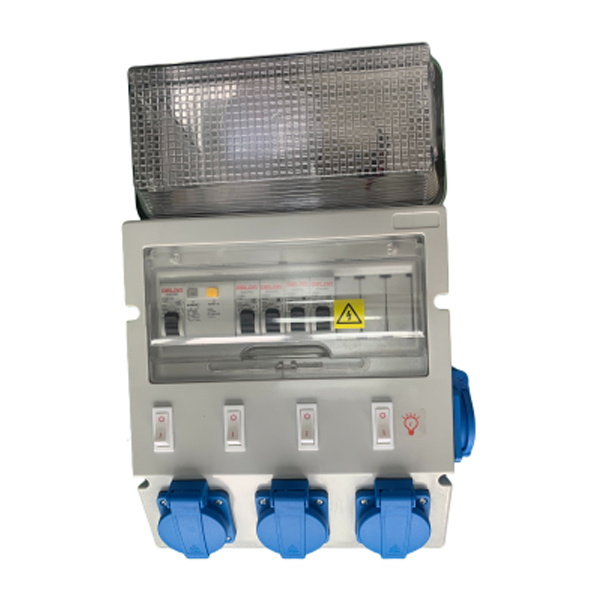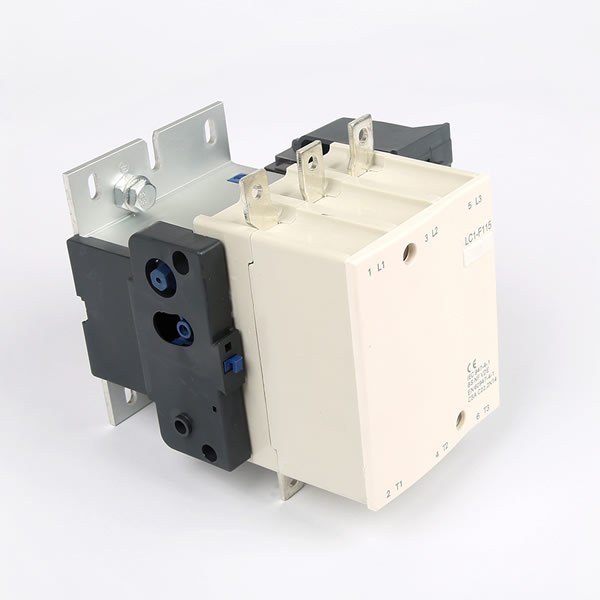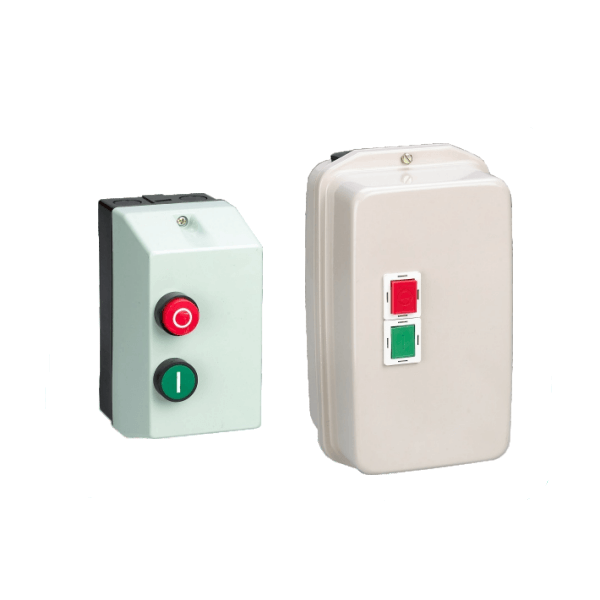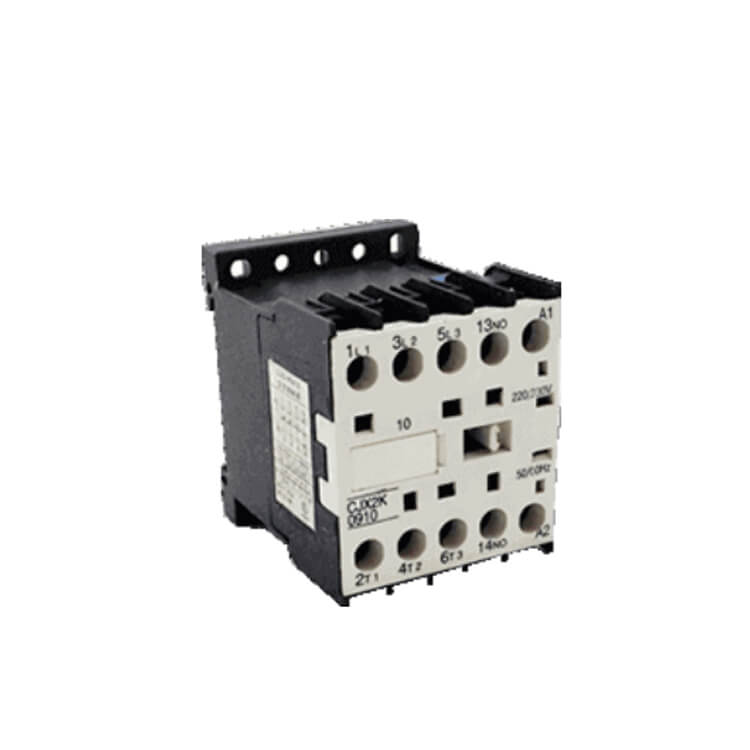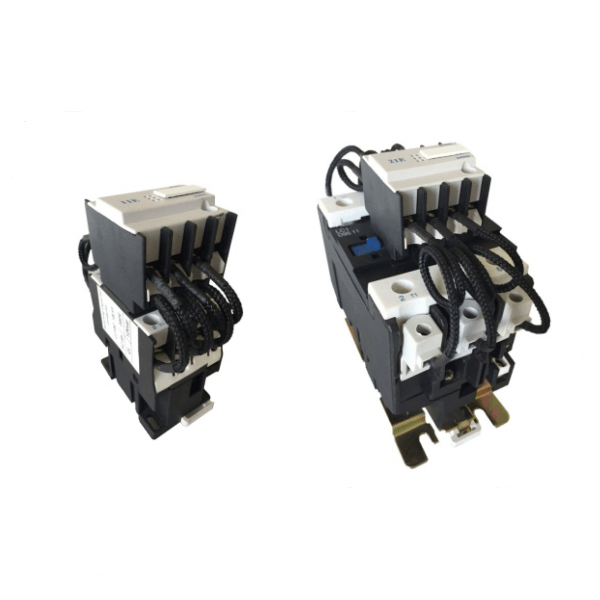Material Dispute: How To Balance Cost And Durability For The Outer Shell Of Lighting Electrical Ready Boards Between Stainless Steel And Engineering Plastics?
In the selection of materials for the outer shell of lighting electrical ready boards, the game between stainless steel and engineering plastics needs to be combined with the cost control and durability requirements of specific scenarios. From the perspectives of full lifecycle cost, environmental adaptability, and functional characteristics, each has its own adaptation scenarios.
The stainless steel shell is mainly made of 304/316L models, and although the initial cost is higher than that of engineering plastics, the long-term economy is significant. For example, data from the third runway project at Hong Kong International Airport shows that the initial installation cost of 304 stainless steel honeycomb panels is 720 yuan/square meter, while PVC material costs only 428 yuan/square meter. However, the ten-year maintenance cost of stainless steel is only 26% of that of PVC, and the residual value recovery rate is 22%. The overall cost of the entire cycle is actually 17.5% lower. Its advantage lies in strong corrosion resistance, suitable for humid, salt spray or chemical environments; High mechanical strength, capable of withstanding mechanical impacts; Stable high temperature resistance, suitable for high-temperature scenarios such as boiler rooms. But the weight is relatively large, requiring strengthening of the fixed structure, and the processing cost is high.
Engineering plastic shells, represented by ABS, PC, and glass fiber reinforced plastic (GFRP), have low initial costs. For example, ABS raw materials cost only 15-25 yuan/kg, and injection molding unit cost is ≤ 50 yuan. Its advantage lies in its lightweight design, making it easy to install on ceilings or walls; Excellent insulation performance, suitable for strong current lines; Resistant to chemical corrosion, but temperature limitations should be noted. Ordinary ABS can withstand temperatures of only 80 ℃, while PC+GF enhanced types can reach up to 120 ℃. However, plastics are prone to aging and require thickening or the addition of UV stabilizers for long-term outdoor exposure. They also have low mechanical strength and are not suitable for high load or collision prone areas.
Decision suggestion:
High corrosion/high temperature environment: 316 stainless steel is preferred, such as in coastal and chemical workshops, as its resistance to chloride ion corrosion far exceeds that of engineering plastics.
Dry indoor/low-cost scenarios: Engineering plastics are more economical, such as offices and residences, but it is necessary to ensure that the ambient temperature is ≤ 80 ℃.
Lightweight requirements: Aluminum alloy or GFRP composite materials can balance weight and strength, but corrosion resistance needs to be evaluated.
Life cycle cost sensitive projects: Stainless steel has significant cost advantages over its 10-year service life, especially suitable for long-term operational scenarios such as infrastructure and high-end residential buildings.
